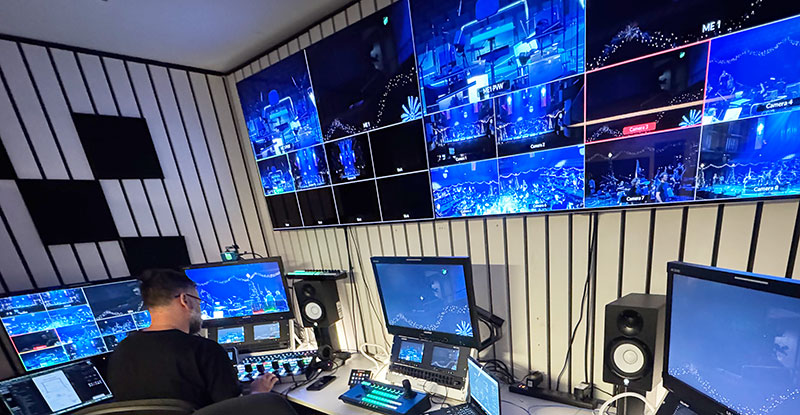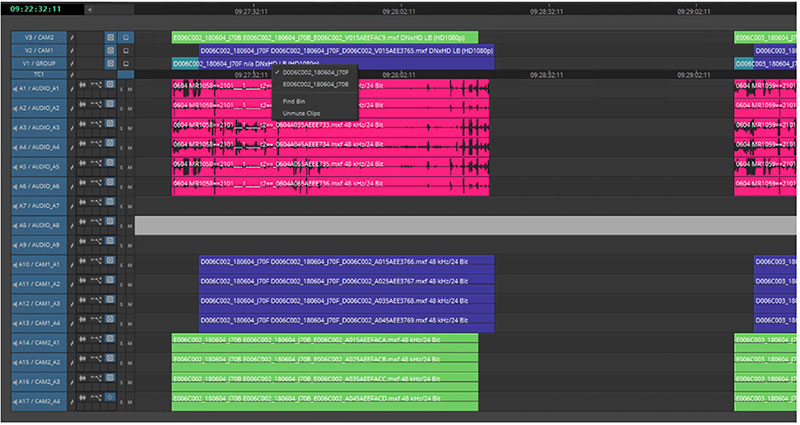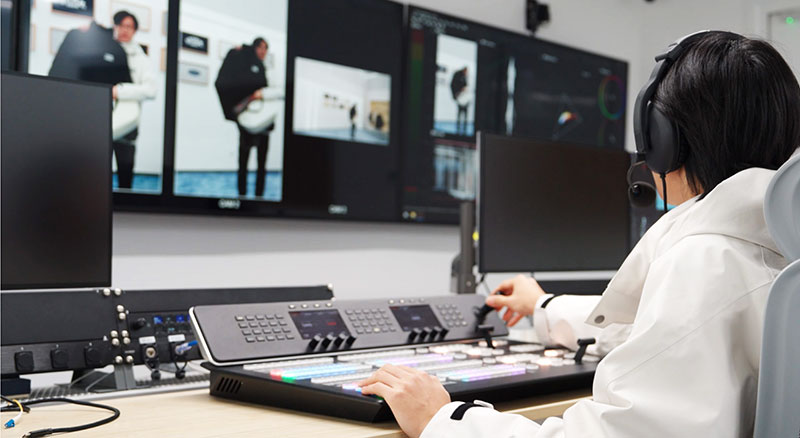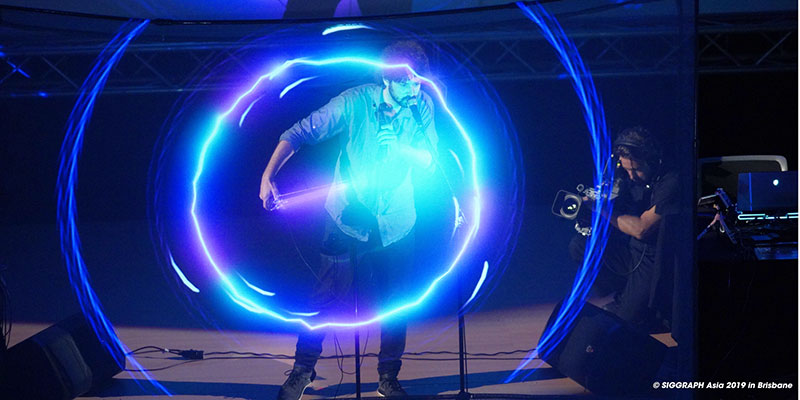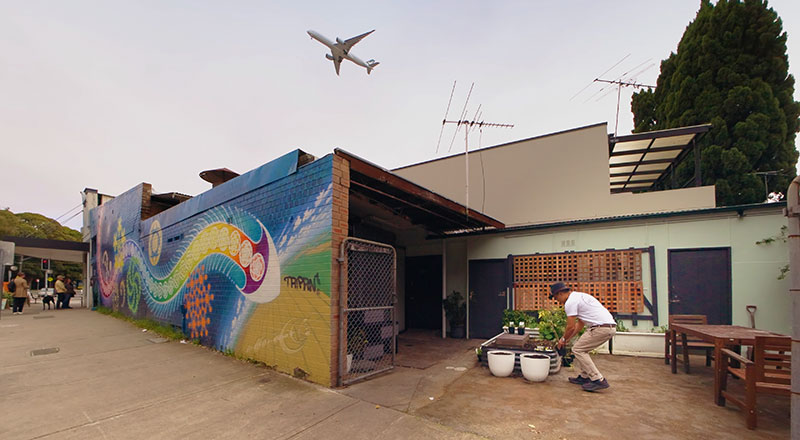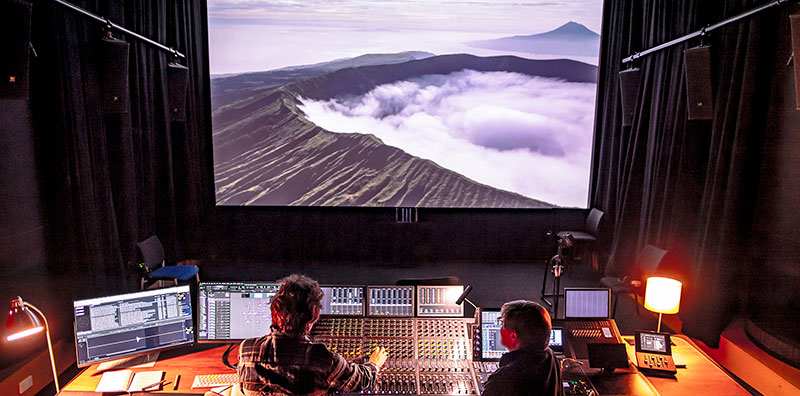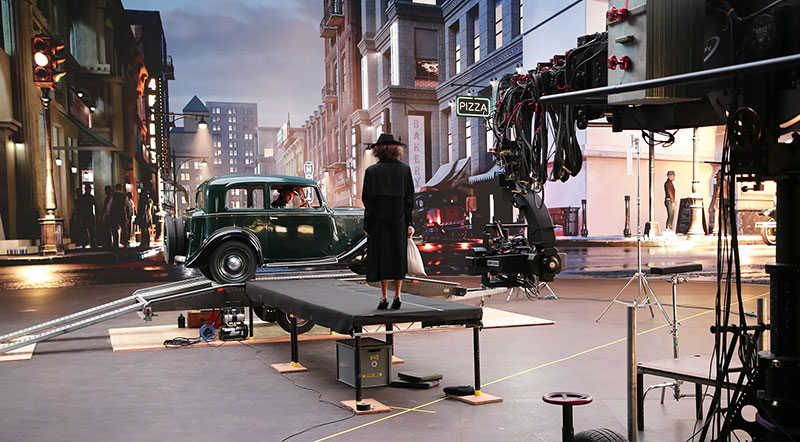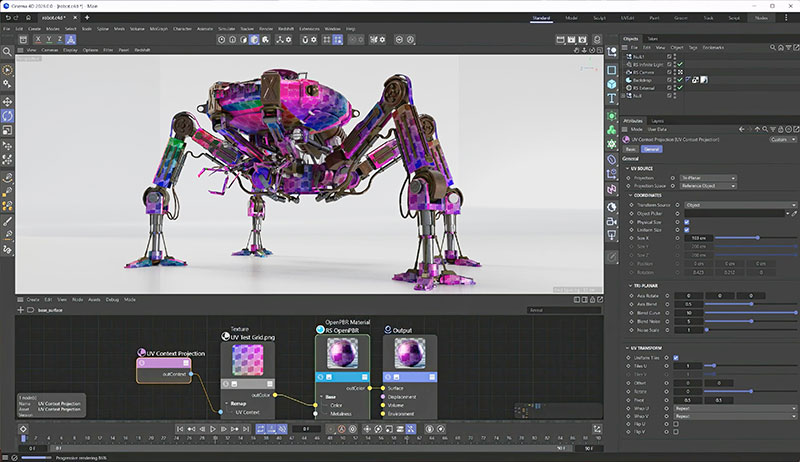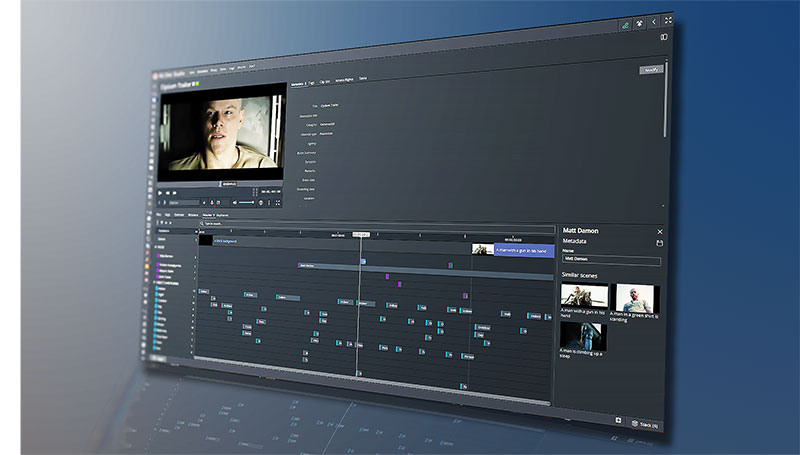Innervision purchased Sony’s VPL-GTZ380 projector, making a complete a range of colour grading services available both for cinema screens and consumer viewing platforms.
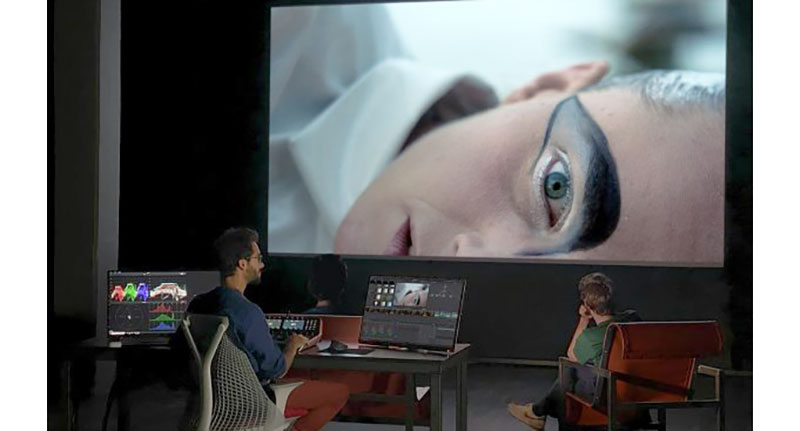
Grading suite equipped with a 4K colour-grading workstation, Sony GTZ-380 video projector and a 5m screen. Image credit: ‘A Moonless Night’, film directed by Eva Schumacher & Nora Tinholt
Innervision, a post-production company based Strasbourg, France, develops and carries out an array of high-performance sound and image post-production services for international producers and broadcasters. With stringent requirements in terms of image quality and silent operation in theatres, Innervision recently acquired a new projector to equip one of its colour-grading rooms. The purchase makes a complete range of colour grading services available both for cinema screens and consumer viewing platforms.
"As a post-production company that performs cinema colour grading services on video projectors and monitors, we needed to achieve very accurate image quality and a true to life viewing experience," said Valentin Goguet-Chapuis, CTO of Innervision.
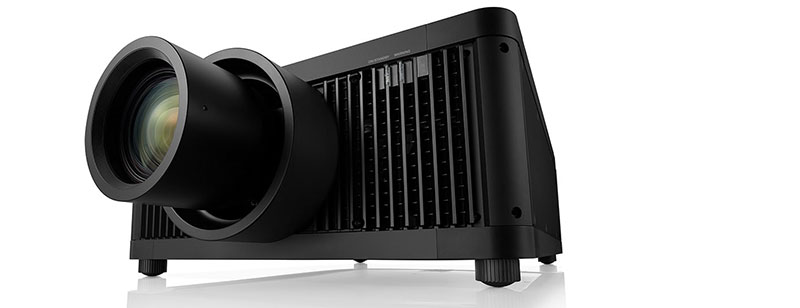
Cinematic Colour, Contrast and Brightness
“Equipment has to meet the DCI-P3 and REC709 colourspace standards for colour grading films intended for cinema as well as the broadcast and distribution platforms, which means screen calibration is critical. We chose the Sony VPL-GTZ380. The image rendering is striking – the black is deep and gives a remarkable sensation of contrast.”
The VPL-GTZ380 combines its contrast with brightness and resolution, and has both a high dynamic range (luminance range) and wide colour gamut (range of different colours). The projector achieves 10,000 lumens of brightness from a 0.74-inch SXRD (Silicon X-tal Reflective Display) 4K panel, suitable in both dark and bright environments.
SXRD is a type of liquid-crystal-on-silicon microdisplay, which can show very high contrast ratios. A layer of liquid crystal is placed on top of a reflective surface. The tiny gaps between the liquid crystal cells allow almost no light to pass through, resulting in deep blacks and clarity. Contrast ratios fall between 20,000:1 and 16,000:1 – much higher than DLP and LCD displays – to render blacks and shadows as intended.
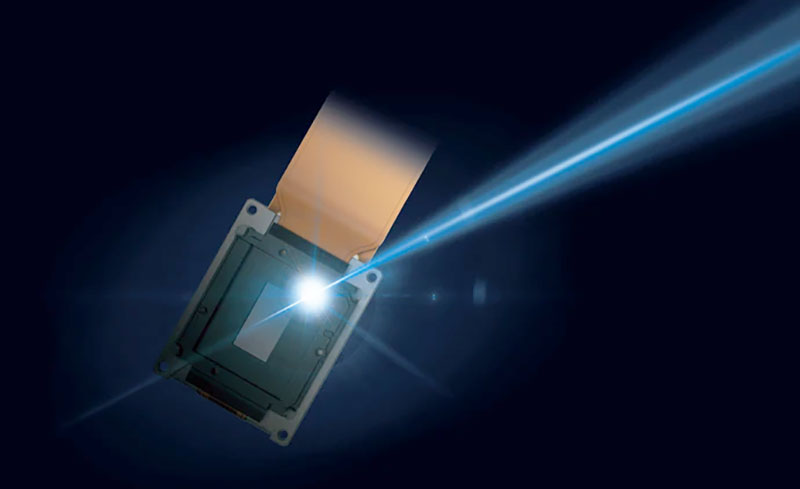
SXRD (Silicon X-tal Reflective Display) 4K panel
The projector incorporates a laser light source with 100% DCI-P3 gamut coverage and supports various HDR formats for natural, vibrant colours with more tones and textures than most standard projector systems. This light source design includes an extra red diode that makes it possible to achieve 100% DCI-P3 colour space without colour filtering, preventing loss of brightness.
Native 4K
It can natively reproduce 4K (4096 x 2160) images with 8.8 million pixels, capable of handling cinematic motion. SXRD projectors use a liquid crystal that is oriented vertically only and is able to change state extremely fast, running up to 200 fps with minimal motion smear. Combined with the very small crystal cell gap, this design enables SXRD projectors to produce very clear images without jagged edges or visible pixels.
Its X1 Ultimate processor, optimised for projection of deep blacks and dynamic range – for example, by analysing each scene in advance – allows dynamic adjustment of the contrast to reproduce greater depth and texture. Hundreds of objects on screen are also identified and analysed in order to individually enhance resolution.
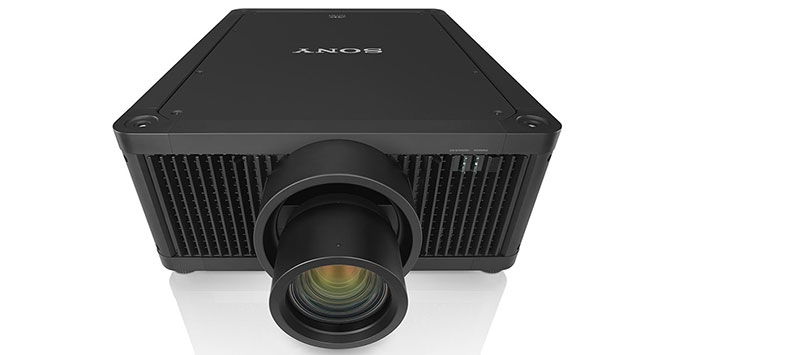
With its compact casing and efficient cooling system, the VPL-GTZ380 integrates into a variety of installation environments but remain essentially silent, emitting only 39dB of sound.
Valentin said, "The VPL-GTZ380 has the reliability needed for a calibration tool. It has a very linear gamma curve, achieves precise homogeneity and remains stable over time. Today, I can say that it gives us a high measure of confidence in our work, which is crucial. We get a completely consistent image whether we project in cinemas that use other technologies, or we re-calibrate on our 4K monitor." pro.sony



